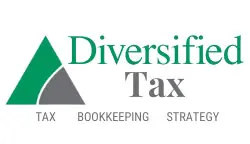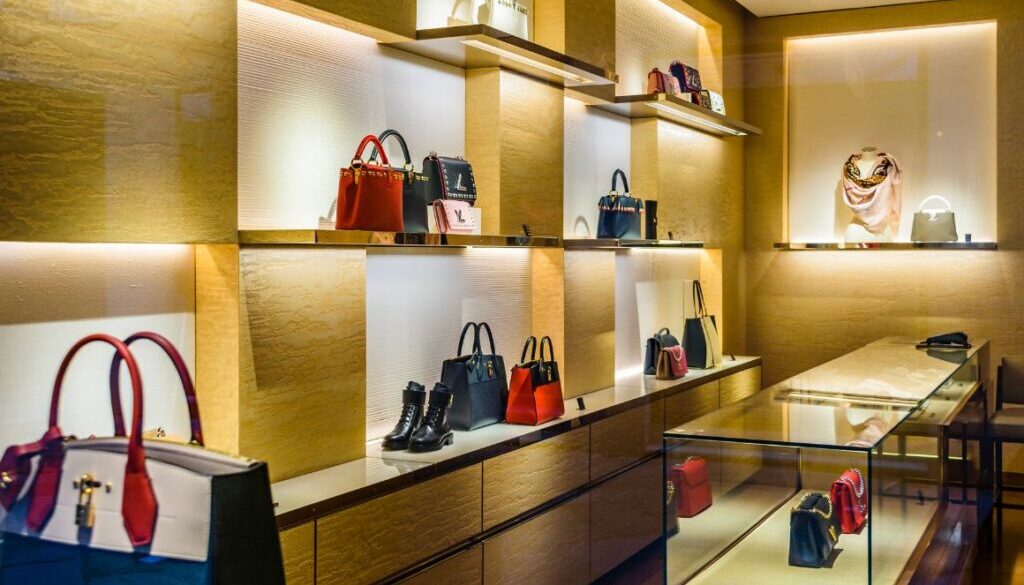The Price of Luxury: Understanding How Luxury Taxes Work
The Price of Luxury: Understanding How Luxury Taxes Work
Luxury tax is a term that often surfaces in discussions about taxation, particularly when it comes to high-end goods and services. This type of tax is levied on products that are considered non-essential or extravagant, targeting consumers who can afford to spend more on luxury items. The concept of luxury tax has evolved over the years, and its implications can vary significantly based on jurisdiction and economic conditions. In this article, we will delve into the intricacies of luxury tax, exploring its definition, history, implementation, and impact on consumers and businesses alike.
What is Luxury Tax?
Luxury tax refers to a specific tax imposed on goods and services that are deemed luxurious or non-essential. Unlike standard sales taxes, which apply to a broad range of products, luxury taxes are selectively applied to items that are considered extravagant. These can include high-end vehicles, designer clothing, expensive jewelry, and luxury vacations. The primary objective of imposing a luxury tax is to generate revenue for the government while also addressing issues of wealth inequality.
Key Characteristics of Luxury Tax
- Selective Application: Luxury taxes are not universally applied; they target specific categories of goods and services.
- Revenue Generation: Governments implement luxury taxes to increase their
- revenue streams, particularly in times of economic need.
- Wealth Redistribution: By taxing luxury items, governments aim to redistribute wealth and reduce economic disparities.
Examples of Luxury Tax
Luxury taxes can vary widely depending on the country and its economic policies. Some common examples include:
- High-End Vehicles: Many jurisdictions impose additional taxes on luxury cars, often based on their price or engine size.
- Jewelry and Watches: Expensive jewelry and luxury watches may be subject to higher tax rates.
- Private Jets and Yachts: The purchase of private aircraft and yachts often incurs significant luxury taxes.
The Historical Context of Luxury Tax
The concept of luxury tax is not new; it has been around for centuries. Historically, luxury taxes have been used as a means to fund government initiatives and public services. The implementation of such taxes can often be traced back to periods of economic hardship or war, where governments sought additional revenue sources.
Early Examples
- Ancient Rome: The Romans imposed taxes on luxury goods, including perfumes and fine clothing, as a way to fund military campaigns.
- Medieval Europe: During the Middle Ages, various European monarchs levied taxes on luxury items to support their courts and armies.
Modern Implementation
In the 20th century, luxury taxes gained renewed attention, particularly during economic recessions. Governments began to recognize the potential of luxury taxes as a tool for revenue generation. For instance, in the United States, luxury taxes were introduced in the 1990s on items such as yachts and private jets.
How Luxury Tax Works
Luxury taxes are typically calculated as a percentage of the purchase price of the luxury item. The specific rate can vary significantly based on the type of product and the jurisdiction in which it is sold.
Calculation of Luxury Tax
- Determine the Taxable Amount: The luxury tax is usually applied to the portion of the price that exceeds a certain threshold. For example, if a luxury car costs $100,000 and the threshold is set at $50,000, the tax would only apply to the $50,000 difference.
- Apply the Tax Rate: Once the taxable amount is determined, the applicable tax rate is applied. For instance, if the luxury tax rate is 10%, the tax owed on the luxury car would be $5,000.
Variations by Jurisdiction
Different countries and regions have their own rules regarding luxury taxes. For example:
- United States: Luxury taxes can vary by state, with some states imposing higher rates on luxury vehicles and yachts.
- European Union: Some EU countries have implemented luxury taxes on high-value goods, while others have opted for different taxation strategies.
The Impact of Luxury Tax on Consumers
The implementation of luxury taxes can have a significant impact on consumer behavior. While the intention is to target wealthier individuals, the effects can ripple through the economy.
Changes in Purchasing Behavior
- Reduced Demand: Higher taxes on luxury items can lead to decreased demand, as consumers may reconsider their purchases in light of additional costs.
- Shift to Alternatives: Consumers may opt for less expensive alternatives or forego luxury items altogether.
Economic Implications
The impact of luxury taxes extends beyond individual purchasing decisions. It can influence broader economic trends, including:
- Market Adjustments: Businesses may adjust their pricing strategies in response to luxury taxes, potentially leading to increased prices for consumers.
- Revenue Generation: Governments may see a boost in revenue from luxury taxes, which can be allocated to public services and infrastructure.
Criticism of Luxury Tax
Despite its intended benefits, luxury tax has faced criticism from various quarters. Critics argue that such taxes can be counterproductive and may disproportionately affect certain groups.
Arguments Against Luxury Tax
- Economic Disincentives: Critics argue that luxury taxes can discourage spending and investment in high-end markets, potentially harming businesses.
- Administrative Complexity: Implementing and enforcing luxury taxes can create administrative burdens for governments, leading to inefficiencies.
Alternative Perspectives
Some economists suggest that rather than imposing luxury taxes, governments should focus on broader tax reforms that address wealth inequality without targeting specific goods. This could involve adjusting income tax rates or implementing progressive taxation systems.
The Future of Luxury Tax
As economic conditions evolve, the future of luxury tax remains uncertain. Governments may need to reassess their approaches to taxation in light of changing consumer behavior and economic realities.
Potential Trends
- Increased Focus on Wealth Inequality: As discussions around wealth inequality gain traction, luxury taxes may become more prominent in policy debates.
- Global Harmonization: There may be a push for more standardized luxury tax regulations across countries to prevent tax evasion and help ensure fairness.
Conclusion
In summary, luxury tax is a complex and multifaceted topic that encompasses economic, social, and political dimensions. Understanding its implications is crucial for consumers, businesses, and policymakers alike. As we navigate the intricacies of luxury taxation, it is essential to consider both its benefits and drawbacks, helping ensure that any approach taken is equitable and effective in addressing the challenges of wealth inequality.




